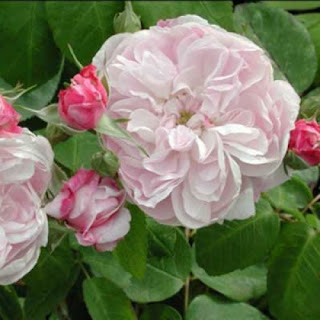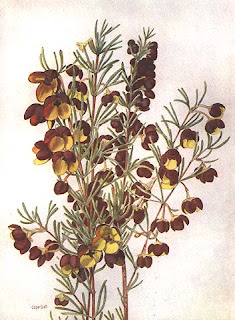Ask the Perfumer - Sunday, April 29,2012

Last week James posted a question that stumped me. I attempted a weak answer about "why isn't there any rosa centifolia essential oil?" Rosa centifolia photo from Aromatics International - where they sell the hydrosol of this rose I asked three experts to help me, and they quickly came to the rescue: Andrea Butje of Aromahead is one of those experts who is humble enough to say when something is outside of her area of knowledge: Hi Anya, Nice to hear from you! I *imagine* that it is because the flower petals are too delicate to withstand the heat of a distillation. That may be why it is produced only as an absolute. Must be the damascena flowers are stronger. But not being a distiller or expert on distilling roses, I can not be totally sue. Maybe ask a rose distiller? How about Alain at Florihana. He is amazing. So I asked Alain of Florihana and he offered this expert information: Bonjour Anya, There is no essential oil availab...







